Infant Massage Classes
As a certified instructor of infant massage (CIMIs), I wholeheartedly follow the guidelines of the International Association of Infant Massage (IAIM), whose purpose is to promote nurturing touch and communication through training, education and research so that parents, caregivers and children are loved, valued and respected throughout the world community.
All CIMIs share the belief that every baby deserves respect, tenderness, warmth and a listening heart. Infant massage is a communication process that parents and babies share which promotes these values.
Infant Massage Class is a 5-week course designed for parents and babies from 0 to 12 months. The classes are held once a week and each class lasts about 2 hours. In each class parents work directly on their babies to learn and practice various infant massage techniques. Each week allows enough time for practice, theory and discussion. The class is intended to increase confidence, equip parents with new knowledge on how they can care for their baby, and create opportunities for bonding with their babies and socializing with other parents.
The curriculum has been developed by Vimala McClure, who is the founder of the IAIM. Vimala wants to spread infant massage to the world as she believes that massage:
is a key element in the bonding process
empowers and enriches families
is a means of having healthier societies
The curriculum involves much more than just the mechanics of a massage routine. Parents and babies are exposed to many different styles of touch, movement, interaction and communication. Most of the strokes, which are a combination of Swedish and Indian massage techniques, reflexology and yoga, were designed by her based on her experience and readings. Some of the topics that are covered during this class are:
A Group Massage Class
Foot Massage
The history of infant massage
Benefits of baby massage
Ideal conditions for massage
Different positions for parents and baby
How to start and end a massage
IAIM massage strokes
A cluster of baby cues
Reflexes of a new-born
Bonding and attachment
The role of oxytocin
Importance of skin
Oil preference
Why babies cry
3-step method to a crying baby
Colic gas routine
Gentle movements
Touch relaxation
Massage to older child
Massage to babies with special needs
Certificate Ceremony
Infant Massage has benefits not only for the baby, but also for the parents and society. Its benefits can be grouped into four categories: Interaction, Stimulation, Relief and Relaxation.
Interaction in Infant Massage may include:
Promotion of bonding and secure attachment
Verbal/non-verbal communication
Development of trust and confidence
Using all the senses
Feelings of love, respect, and being valued
Each massage may stimulate:
Circulatory and digestive systems
Hormonal and immune systems
Coordination and balance
Learning and concentration
Muscular development and growth
Mind and body awareness
Infant Massage helps relieve:
Gas and colic
Constipation and elimination
Growing pains and muscular tension
Teething discomfort
Cramps
Infant Massage promotes relaxation which may be shown through:
Improved sleep patterns
Increased flexibility and muscle tone
Regulation of behavioural states
Being calm and being able to calm oneself
Reduction in stress hormones

